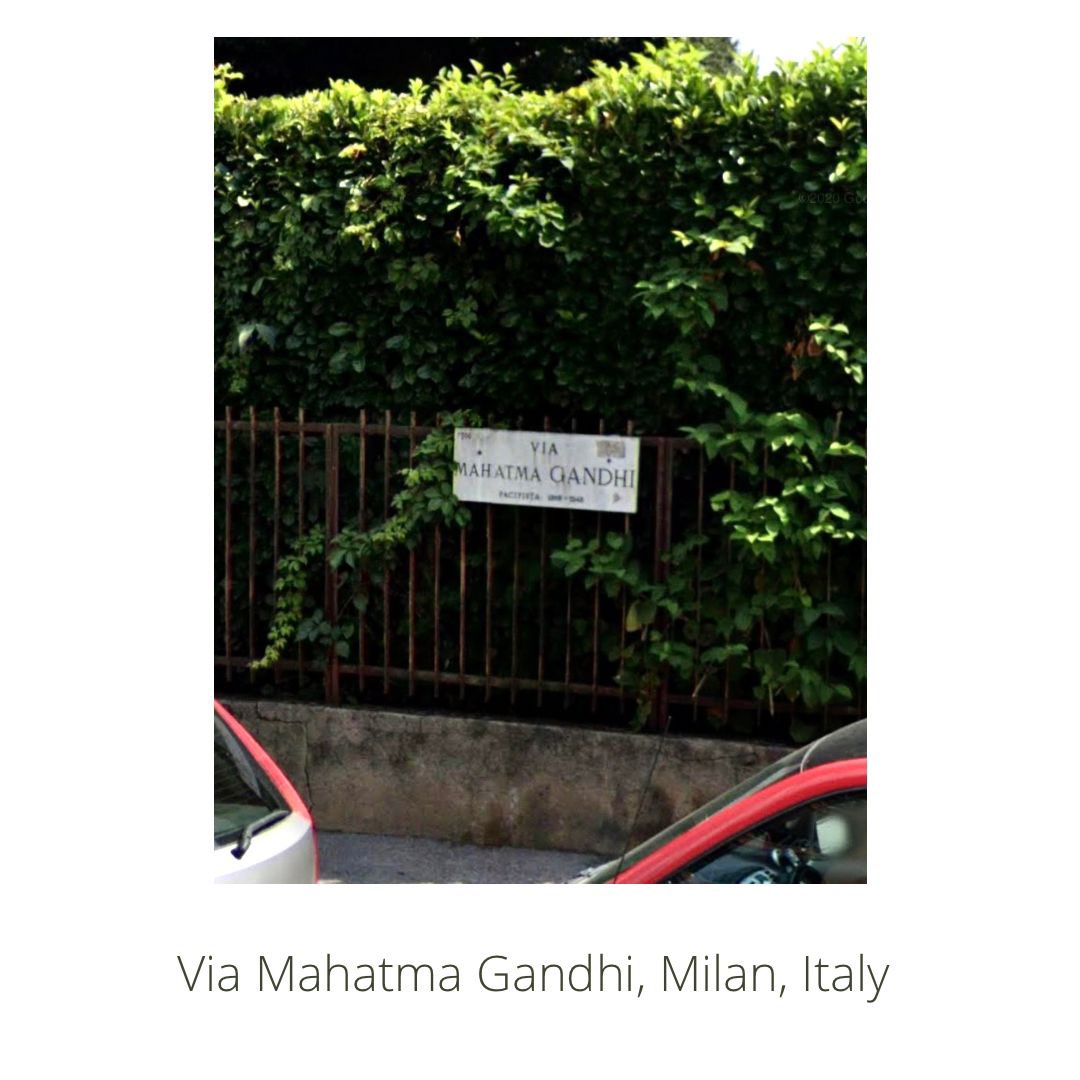
On Sri Lanka’s Independence Day, remembering a beautiful story connecting the nation, one of the most beautiful words in the English language, and Sherlock Holmes. A thread. (1/9) 

Cut back to 1754, London. Notable English polymath Horace Walpole wrote a letter to a reformer named Horace Mann and coined a word derived from the title of a silly fairytale he read - ‘The Three Princes of Serendip’. (2/9)
‘The Three Princes of Serendip’ is an old Persian fairy tale dating back over a thousand years. Serendip is the ancient Arabic name for Sri Lanka, which was essentially derived from Sanskrit Siṃhaladvīpa, the island of the lions. (3/9)
The fairy tale revolves around three young princes of Serendip / Sri Lanka who travelled to the Persian Kingdom and kept making discoveries by accident and sagacity. (4/9)
Keeping the discoveries of these little heroes in mind, Horace coined one of the most beautiful words of the English language -- ‘Serendipity’-- from the word ‘Serendip’, which literally means ‘accidental discoveries.' (5/9)
However, what sounded like accidental discoveries in the fairytale, was actually the cultivation of their thoughtful deduction in solving problems. Centuries later, the fairy tale heavily influenced a French writer, Voltaire. (6/9)
François-Marie Arouet, who was known as Voltaire, published Zadig, one of the first detective novels to use the art of observation and the empirical method of inductive reasoning. (7/9)
It is strongly believed that British writer Sir Arthur Conan Doyle was influenced by Zadig when creating his iconic detective character Sherlock Holmes. (8/9)
Interesting how an island nation not only led to the birth of a beautiful word but also influenced the creation of an icon.
Sri Lanka》Serendipity》Sherlock Holmes (9/9)
Sri Lanka》Serendipity》Sherlock Holmes (9/9)
• • •
Missing some Tweet in this thread? You can try to
force a refresh













